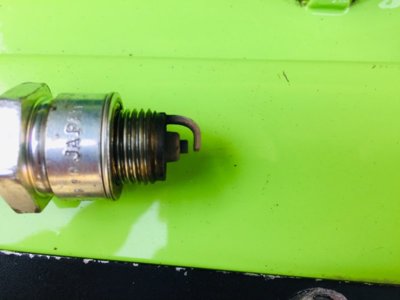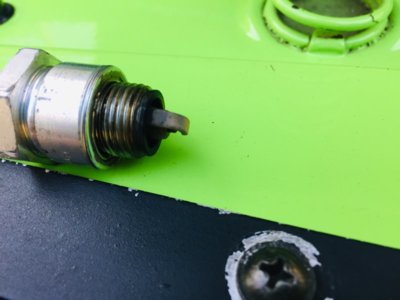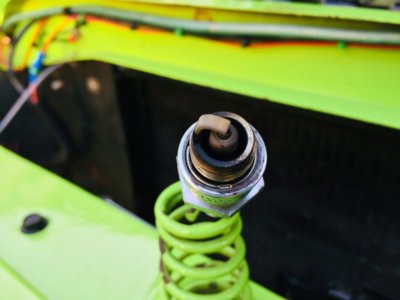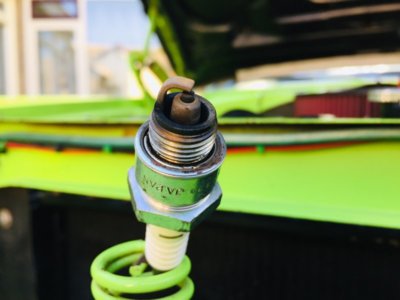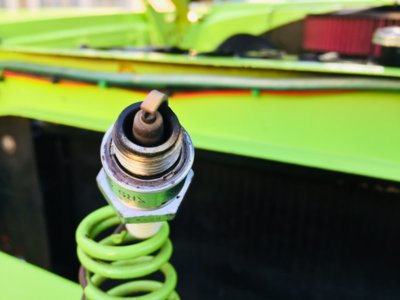Wietse
Well-Known Member
Hi fellow Mopar fans,
I have done some work on my 440 engine over the winter and all is just back together and i have been doing some test driving.
I am busy with setting up the carb and ignition for a happy medium, today i decided after done some miles to check the spark plugs.
The electrode and ground strap are clean and grey/light brown, only the base is a bit black from deposits.
The ground strap discoloration seems near the base, to me indicating too much timing right?
There is a very small line near the tip of the ground strap which should indicate a reasonable idle timing according me.
Any tips/suggestions from anyone how this spark plug looks?
Edit: Worth nothing the spark plugs are NGK XR5.
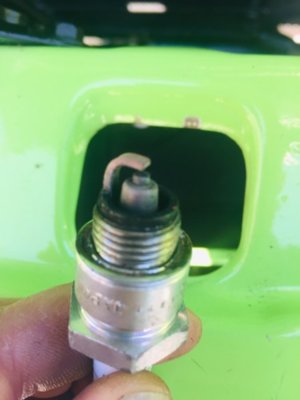
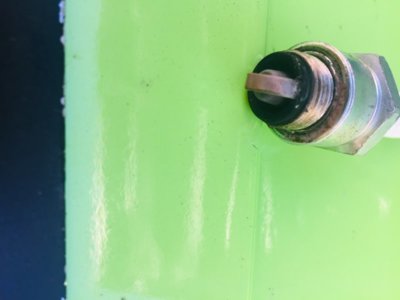
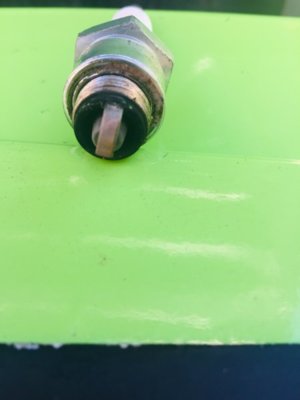
I have done some work on my 440 engine over the winter and all is just back together and i have been doing some test driving.
I am busy with setting up the carb and ignition for a happy medium, today i decided after done some miles to check the spark plugs.
The electrode and ground strap are clean and grey/light brown, only the base is a bit black from deposits.
The ground strap discoloration seems near the base, to me indicating too much timing right?
There is a very small line near the tip of the ground strap which should indicate a reasonable idle timing according me.
Any tips/suggestions from anyone how this spark plug looks?
Edit: Worth nothing the spark plugs are NGK XR5.



Last edited:

